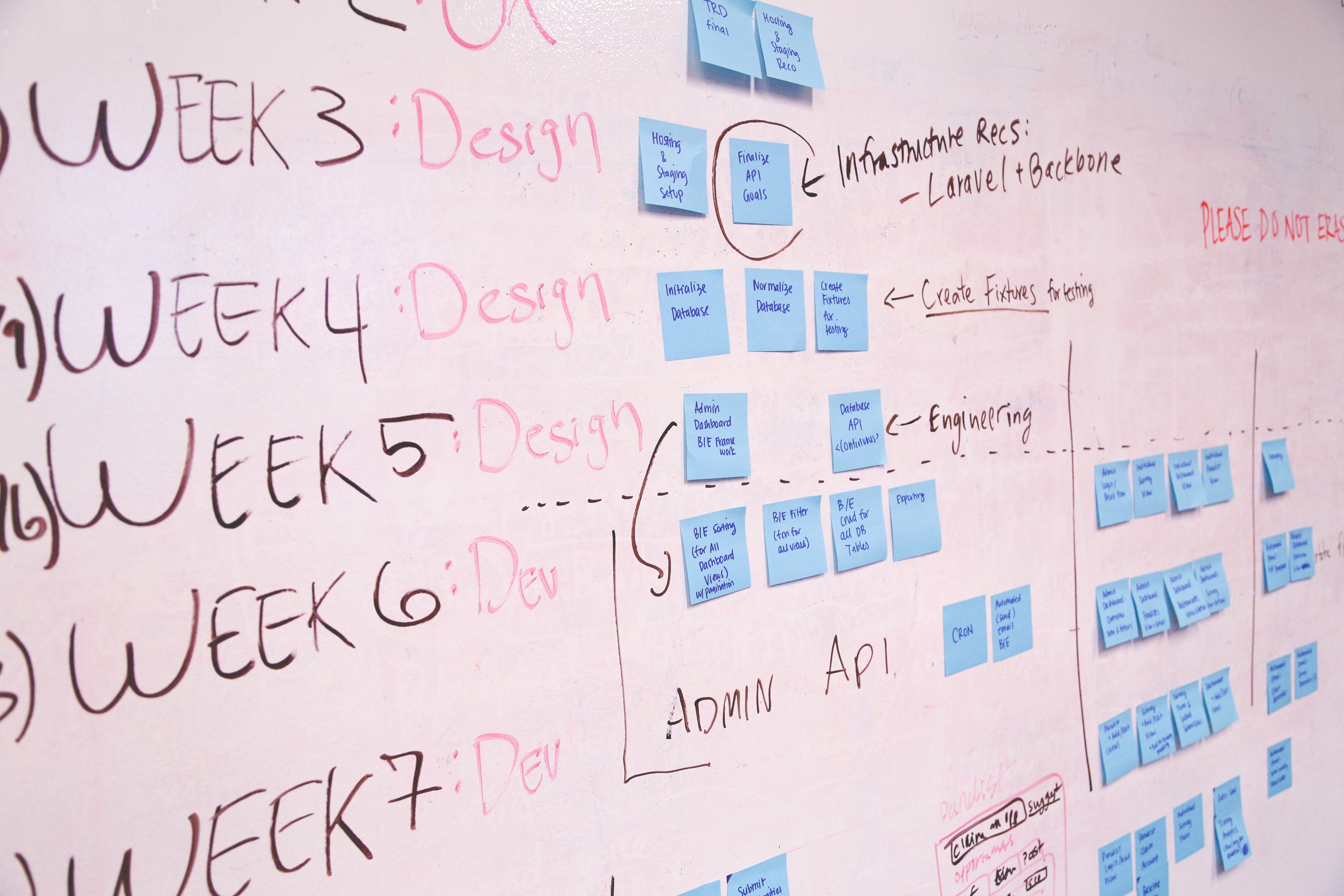Sustainable product development in a circular economy: Implications for products, actors, decision-making support and lifecycle information management
Over the years, circular products have been recurrently showcased by its advocates in a broad range of appealing channels and formats. Less attention has been paid onto how circularity principles impact the series of events that allow to deliver a new product or improve an existing one, i.e. the Product Development process. In the first publication of the CRESTING Work Package 2.2, we conducted 15 interviews with product developers working in manufacturing industries and inquired them about the contextual factors of process implementation - process phases, product dimensions addressed, actors, decision-making support, evaluation criteria and life-cycle information management.
Read a summary in the ipoint blog here: https://www.ipoint-systems.com/blog/sustainable-product-development-in-a-circular-economy/
Read the paper here: https://www.sciencedirect.com/science/article/pii/S2352550920314433
Framing and assessing the emergent field of business model innovation for the circular economy: A combined literature review and multiple case study approach
Widespread adoption of sustainable and circular business models is required to accelerate the transition to a more sustainable society, however there is a lack of understanding on the process of Business Model Innovation for the Circular Economy - or Circular Business Model Innovation (CBMI) - and the literature on the topic is just emerging. This paper aims to provide an updated framing of the available CBMI literature, building on the structure of conventional Business Model Innovation literature, and to assess its level of study, thus proposing a future research agenda. The novel CBMI framework is also illustrated through a multiple case study on ten incumbent firms that have implemented a substantial CBMI, revealing which topics are more relevant from a practice perspective and offering valuable empirical insights.
Read the full article on: https://www.sciencedirect.com/science/article/pii/S2352550920314366
